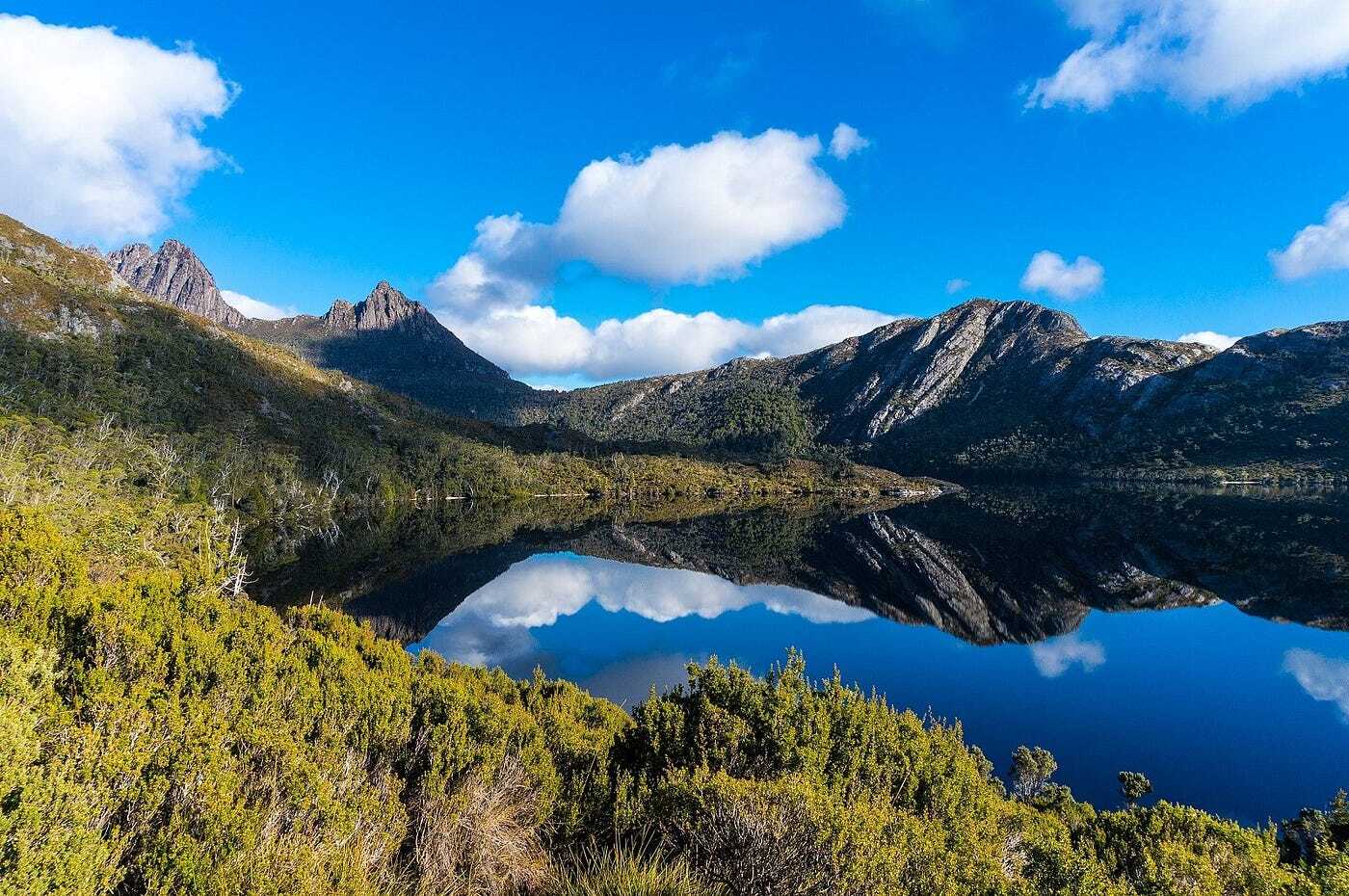
Diverse landscapes are more than just pretty pictures; they tell stories of nature's wonders and human history. From towering mountains to sprawling deserts, each landscape offers unique features and secrets. Why are diverse landscapes important? They provide habitats for countless species, influence climate patterns, and offer recreational opportunities. Exploring these varied terrains can teach us about geology, ecology, and even our own place in the world. Whether you're a seasoned traveler or a curious student, understanding the significance of diverse landscapes can deepen your appreciation for the planet. Let's dive into 24 fascinating facts that highlight the beauty and importance of these natural wonders.
Mountains: Majestic Giants
Mountains are some of the most awe-inspiring natural features on Earth. They tower above the landscape, offering breathtaking views and unique ecosystems.
- Mount Everest is the highest mountain in the world, standing at 29,029 feet (8,848 meters) above sea level.
- The Andes is the longest mountain range, stretching over 4,300 miles (7,000 kilometers) through South America.
- Mount Kilimanjaro in Tanzania is the tallest free-standing mountain, rising 19,341 feet (5,895 meters) from its base.
- The Alps are home to the Matterhorn, one of the most iconic and photographed peaks globally.
- The Rocky Mountains span over 3,000 miles (4,800 kilometers) from Canada to New Mexico.
Deserts: Arid Wonders
Deserts are known for their extreme conditions, with scorching temperatures during the day and freezing nights. Despite this, they host a variety of life forms adapted to survive.
- The Sahara Desert is the largest hot desert, covering 3.6 million square miles (9.4 million square kilometers) in North Africa.
- The Gobi Desert in Asia is known for its harsh climate and unique wildlife, including Bactrian camels and snow leopards.
- The Atacama Desert in Chile is the driest place on Earth, with some areas receiving no rainfall for decades.
- The Arabian Desert spans much of the Arabian Peninsula, featuring vast sand dunes and rocky plateaus.
- The Mojave Desert in the United States is home to Death Valley, the hottest place on Earth.
Forests: Lush Green Havens
Forests are vital to our planet, providing oxygen, habitats for wildlife, and resources for humans. They come in various types, from tropical rainforests to temperate woodlands.
- The Amazon Rainforest is the largest tropical rainforest, covering over 2.1 million square miles (5.5 million square kilometers) in South America.
- The Taiga or boreal forest is the world's largest terrestrial biome, stretching across North America, Europe, and Asia.
- The Black Forest in Germany is famous for its dense woods and picturesque villages.
- The Congo Basin is the second-largest rainforest, home to diverse species like gorillas, elephants, and okapis.
- The Daintree Rainforest in Australia is one of the oldest rainforests, estimated to be around 180 million years old.
Oceans: Vast Blue Expanses
Oceans cover more than 70% of the Earth's surface and are crucial for regulating the climate, supporting marine life, and providing resources.
- The Pacific Ocean is the largest and deepest ocean, covering more than 63 million square miles (165 million square kilometers).
- The Atlantic Ocean is the second-largest, known for its significant role in global trade and exploration.
- The Indian Ocean is the warmest ocean, bordered by Africa, Asia, Australia, and the Indian subcontinent.
- The Southern Ocean surrounds Antarctica and is known for its unique marine life, including penguins and seals.
- The Arctic Ocean is the smallest and shallowest, covered by sea ice for most of the year.
Grasslands: Open Plains
Grasslands, also known as prairies or savannas, are vast open areas dominated by grasses. They support a variety of wildlife and are important for agriculture.
- The Great Plains in North America stretch from Canada to Texas, known for their fertile soil and agricultural productivity.
- The Serengeti in Africa is famous for its annual migration of over 1.5 million wildebeest and hundreds of thousands of other animals.
- The Pampas in Argentina are vast plains known for cattle ranching and agriculture.
- The Eurasian Steppe stretches from Eastern Europe to Asia, historically significant as the route of nomadic tribes and trade.
Final Glimpse at Diverse Landscapes
Diverse landscapes offer endless wonders. From the vast Sahara Desert to the lush Amazon Rainforest, each place has unique features. The Great Barrier Reef teems with marine life, while Mount Everest stands as Earth's highest peak. Antarctica's icy expanse contrasts sharply with the Grand Canyon's rugged beauty. Savannas teem with wildlife, and volcanoes shape islands. Tundras endure extreme cold, and wetlands support rich biodiversity. Forests provide oxygen, and deserts showcase survival. Mountains offer breathtaking views, and rivers sustain life. Plains stretch endlessly, and coasts meet oceans. Each landscape tells a story, revealing Earth's incredible diversity. Exploring these places enriches our understanding of nature's complexity. So, next time you travel, take a moment to appreciate the unique beauty of the landscapes around you. They’re more than just scenery; they’re the heartbeat of our planet.
Was this page helpful?
Our commitment to delivering trustworthy and engaging content is at the heart of what we do. Each fact on our site is contributed by real users like you, bringing a wealth of diverse insights and information. To ensure the highest standards of accuracy and reliability, our dedicated editors meticulously review each submission. This process guarantees that the facts we share are not only fascinating but also credible. Trust in our commitment to quality and authenticity as you explore and learn with us.


